Omaha, Nebraska, is the primary city in the Omaha-Council Bluffs metropolitan area, home to half of the 1,000,000 metro residents. The city has a rich history in immigration, transportation, and cultural institutions. Today the city continues to expand its food, music, and art scenes while building and renovating many of its attractions, such as The Riverfont parks. Many large and successful companies start in Omaha, and the city continues to incubate many more growing businesses, thanks in part to its steady population and lower cost of living.
About
- Population: 486,051 (2020 est.)
- Founded: July 4th, 1854
- City, County, State: City of Omaha, Douglas County, Nebraska
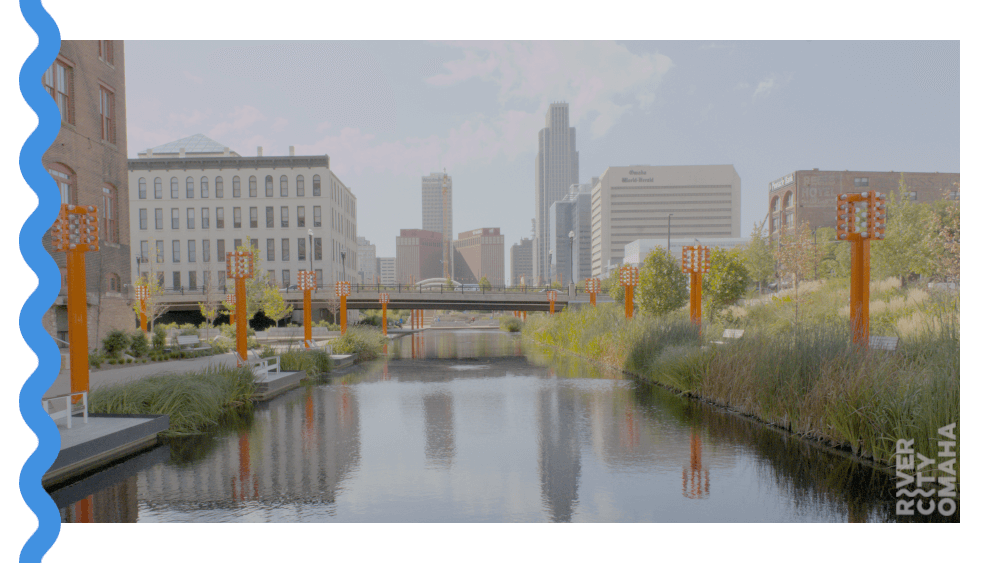
History
Before incorporation: Many Native American tribes have called the area home, including the Omaha and Ponca tribes. The Lewis and Clark Expeditions passed up the Missouri River in the area in 1804. Mrs. Lewis and Clark met with Oto and Missouria tribal leaders on a bluff north of the future city, and thus the namesake of future Council Bluffs, Iowa. Many small forts and trading outposts dotted the area in the 1810s-1830s, including Fort Lisa, Fort Atkinson, and Fontenelle’s Post. The Mormons built a town called Cutler’s Park in 1846.
Formative years: Omaha was built as a Missouri River crossing, particularly the Lone Tree Ferry in 1850 at the site now occupied by Gallup University. The Kansas-Nebraska Act was signed into law on May 30th, 1854 and the City of Omaha was founded on July 4th, the same year. Nebraska became a state in 1867, and the territorial capitol of Omaha transferred to the state capitol of Lincoln.
Later 19th Century: Omaha’s early years were driven by the transportation needs of a westward-bound, young United States. The boats took goods up and down the Missouri River while the new trains carried goods and people west across the Great Plains, towards the West Coast. The First Transcontinental Railroad started in Council Bluffs, Iowa (though the Union Pacific railroad started this route in 1865, the train bridge over the Missouri was completed in 1872.)
Jobbers, Meatpacking, Immigrants: The quick growth of Omaha was fueled by immigration who took jobs at the many warehouses built along the new railroads and around the stockyards and meatpacking plants of South Omaha. The downtown-area warehouses and manufacturing district became known as Jobbers Canyon. Many neighborhoods in the Omaha metro still reflect the old immigrant communities that sprung up, such as Sheelytown, South Omaha, and Little Italy.
Early 20th Century: There was a lot of turmoil during the early 20th century, both social and natural, that shaped the Omaha metro. Between the race riots and tornadoes, Omaha grew up as a cultural, manufacturing, transportation, and financial hub. At the height of the Red Summer riots of 1919, Omahans lynched, then burned, African-American Willy Brown who was suspected of the rape of a white woman. “West Omaha” at this point would have gone as far as 60th Street.
Later 20th Century: After World War II, Omaha continued to grow as a solid business-oriented city. Many financial and insurance companies built or expanded their headquarters. Omaha’s Stockyards were briefly the largest in the world before such stockyards started declining in size overall. The city quickly expanded west past 72nd Street, as the north and south borders of Douglas County had nearly been reached. Many of the old warehouses that made up Jobbers Canyon were torn down for the headquarters of a growing Con Agra company. Other downtown buildings nearby became the Old Market district of shops, housing, and restaurants.
21st Century: Omaha continues to secure its position as a cultural and financial hub. In an otherwise non-vertical downtown, First National of Nebraska and Mutual of Omaha built skyscrapers (Mutual’s skyscraper under construction 2023-2026). Many visitor amenities were built, replaced, or renovated during the first two decades, including Century Link Center (now CHI Health Center), TD Ameritrade Park (now Charles Schwab Field), Steelhouse and Holland Performing Arts Center, Blue Barn Theater. Three downtown parks saw complete overhauls. The Bob Kerrey Pedestrian Bridge was built over the Missouri River, connecting Iowa and Nebraska for visitors.
Map

Sources
- Wikipedia: Omaha, Nebraska
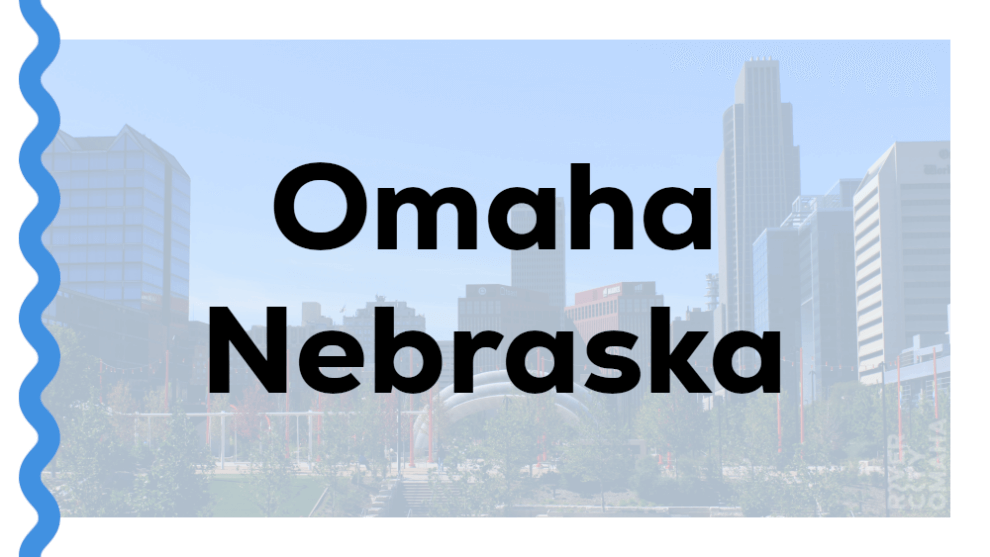


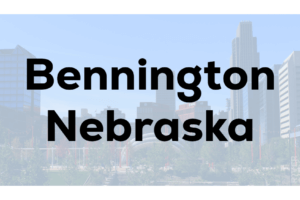
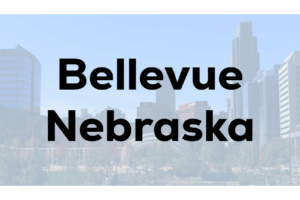
Add Comment